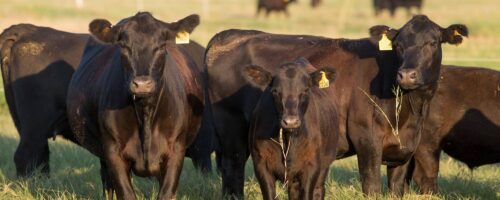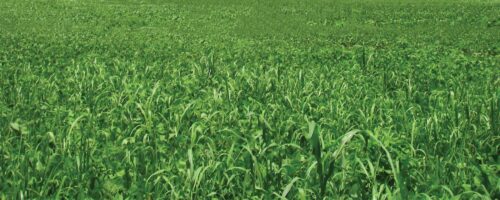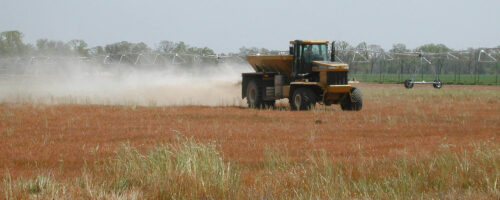Tag: bermudagrass
Categories

Using Bermudagrass Pastures to Meet Cow Nutrient Requirements
Estimated reading time: 5 minutes
Don’t Overlook Johnsongrass in Your Pasture
Estimated reading time: 3 minutes
Categories


